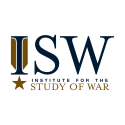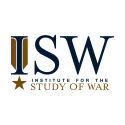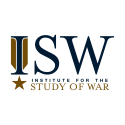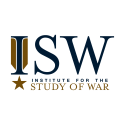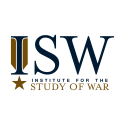Russian President Vladimir Putin’s annual New Year’s Eve address continued to illustrate that Putin is uncertain of his ability to shape the Russian information space and remains focused on justifying the war and its costs to his people. Putin stated that “Russia’s sovereign, independent, and secure future depends only on us, on our strength and determination” and that 2022 “was a year of difficult, necessary decisions, of important steps toward achieving the full sovereignty of Russia and the powerful consolidation of our society.” He added that the events of 2022 “became the milestone that laid the foundation of our new common future, our new true independence.” He continued: “That is what we are fighting for even today, we are defending our people on our own historical territories in the new Russian Federation Subjects [the illegally annexed territories of Ukraine].” This speech continued Putin’s rhetorical claims not only that Russia has historical rights to Ukraine, but also that Russia’s independence and sovereignty depend on regaining control of Ukraine. Putin thereby attempts to cast victory in the war as essential to Russia’s continued existence as an independent state. These comments were likely meant in part to justify the costly war and to appeal to the ultra-nationalist pro-war community that routinely cites the defense of illegally annexed territories as a reason to pursue even more aggressive goals and to pay even higher prices for them in Ukraine. They also indicate, however, that Putin remains unwilling to contemplate a meaningful peaceful resolution of the war he began other than on terms he dictates to Ukraine and the West. Putin is unlikely to accept any lesser outcome unless Ukraine, with the help of its Western supporters, can inflict additional large-scale defeats on Russian forces and liberate considerably more of its occupied land.


